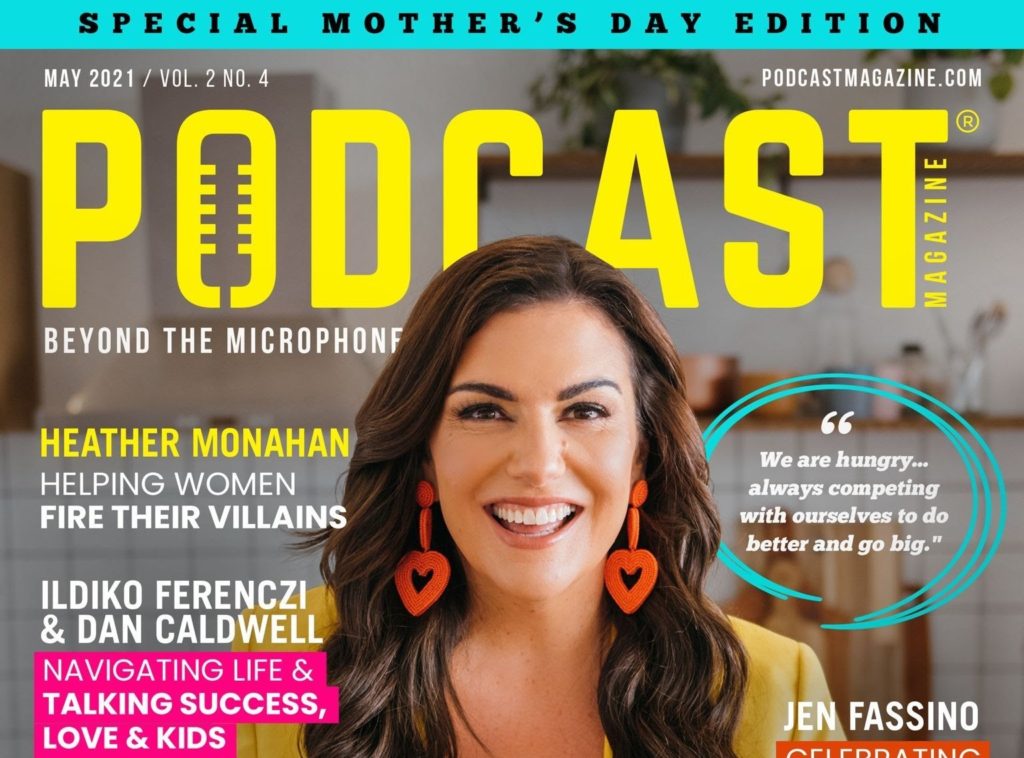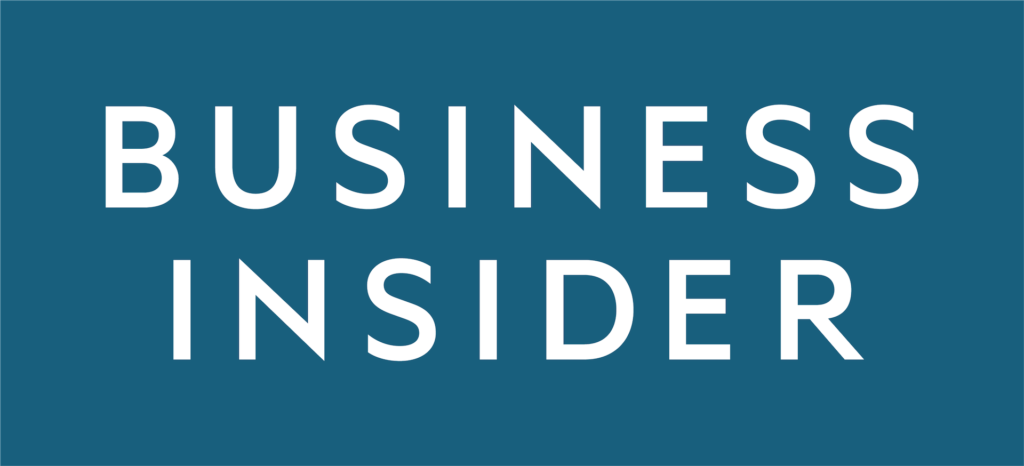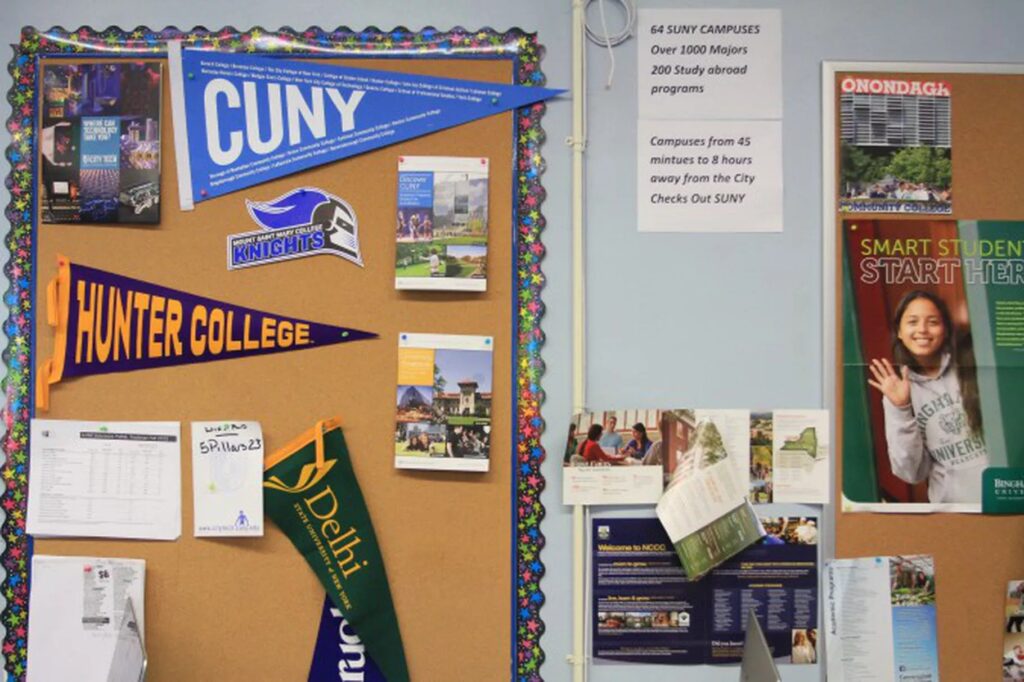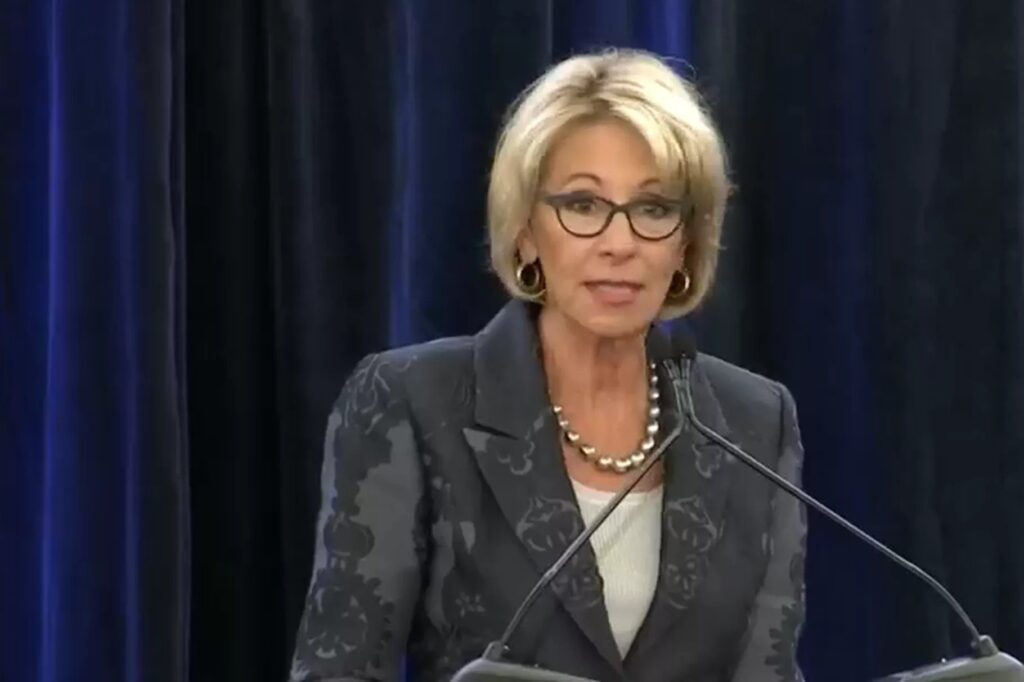Here’s an idea that I want everyone to deeply understand: your donations are directly tied to your email list.
I know you’re out here thinking your social media likes and comments are the things you should count on.
I call them vanity metrics.
To use a dating analogy, your social media friends and followers are casual hook-ups. Your email subscribers are looking for a serious relationship.
And, by the way, asking people to join your email newsletter is not a compelling ask. All of us have way too much crap in our inboxes so if you’re going to ask for my email address, you better be giving me something good in return.
Side note: if you have a big list, but very small engagement rates (like lower than 30%) it’s time to rethink your strategy and prune your list. I’d rather have a smaller, highly engaged list than a huge list that doesn’t open my emails.
In order to attract people to your list, you need to start from the place of “What’s in it for them?”
The mistake I see is that nonprofits think that talking about themselves and how great they are and what their staff ate for lunch makes compelling copy.
It doesn’t.
So, here are five easy steps to attract and identify donors in your midst.
Step One: Attract an Audience Through Your Content
Instead, ask yourself: why would my audience care about getting and reading my newsletter?
- Does it solve a problem they have?
- Does it offer solutions to a social concern?
- Does it give a dose of hope and inspiration?
- Does it provide entertainment?
- Does it educate them about something?
The truth is that you may not know the answer, so it’s a perfect time to reach out to survey your audience.
Other ways that you can attract an audience to exchange their email for a resource (called a lead magnet):
- E-books or Guides: Create comprehensive e-books or guides that provide valuable information related to your nonprofit’s cause or industry. For example, if your nonprofit focuses on environmental conservation, you could offer an e-book on “10 Ways to Reduce Your Carbon Footprint.”
- Impact Reports: Share detailed impact reports that showcase the results and outcomes of your nonprofit’s projects and initiatives. This will give subscribers a clear understanding of the organization’s effectiveness and the difference their support can make.
- Case Studies: Develop case studies that highlight the success stories of individuals or communities your nonprofit has helped. People are often inspired by real-life examples of positive change.
- Toolkit or Resources Package: Offer a toolkit or package of resources that your target audience can use to support your cause or get involved. For instance, if your nonprofit focuses on education, you could provide a “Teacher’s Resource Kit” with educational materials.
- Infographics: Create visually appealing infographics that present key statistics, facts, or tips related to your nonprofit’s mission. Infographics are easily shareable and can help spread awareness about your cause.
- Exclusive Video Content: Provide access to exclusive video content, such as interviews with beneficiaries, behind-the-scenes footage, or expert discussions related to your nonprofit’s work.
- Webinars or Workshops: Host webinars or online workshops on topics relevant to your nonprofit’s mission. Subscribers can register for free and participate in live discussions or watch recordings later.
- Interactive Quizzes or Assessments: Develop quizzes or assessments that engage subscribers while educating them about your cause. For instance, a wildlife conservation nonprofit could create a quiz to determine their “Animal Conservation IQ.”
- Printable Posters or Artwork: Offer printable posters or artwork related to your nonprofit’s cause. Subscribers can use these to raise awareness in their communities.
- Volunteer Guides: Create a guide that provides information on how people can volunteer for your nonprofit, including details about different roles, time commitments, and the impact of volunteering.
- Fundraising Tips: Share tips and strategies for individuals or groups who want to fundraise on behalf of your nonprofit. This could include ideas for online campaigns, events, or peer-to-peer fundraising.
- Whitepapers or Research Papers: Provide in-depth whitepapers or research papers that delve into relevant issues related to your nonprofit’s mission. This can position your organization as a thought leader in the field.
Step Two: Nurture Your Audience
If you’ve been on this email list for any period of time, you know that this email shows up like clockwork every week. Consistency is queen and you should train your audience to expect to hear from you on a regular schedule. This does not mean randomly when you decide inspiration strikes. This means setting a schedule and delivering. For a deeper dive on details like best time to deliver, best performing subject lines etc, check out Neon One’s Email Campaign Analysis.
Step Three: Pebbles vs. Rocks
Another huge mistake that I see nonprofits make is only communicating with their audience when they are asking for money. That’s like being a teenager who only calls home when they need something. That sucks.
Instead, think first about delivering value to your audience in the way that they want before asking. The law of reciprocity means that people will reciprocate when they see the value of what you’re offering to them personally and to the community you’re serving. When you are thinking about your communication strategy, your key goal should be to establish trust. We can think about trust in one of three ways: Competence trust (are you good at the thing you say you’re good at?), Community Trust (does someone I trust trust you?) or Caring Trust (do you care about me as a person?)
Step Four: All roads lead to your email list
You know how you spend so much time on your social media? That should be for brand awareness, but all roads should lead to your email list. Frankly, your best prospects and biggest gifts will be email subscribers, not random social media friends.
Step Five: Survey Your List for Major Donor Prospects
Ok, here’s where the rubber hits the road. So often we spend so much time guessing who wants to meet with us and who is ready to make a gift. Here’s a novel idea: stop guessing and just ask. How, you might ask?
Surveys, friends.
Read this excellent overview of how to create a donor prospect survey from my friend Greg Warner and Marketsmart. Then, once you have people who respond AND RAISE THEIR HANDS to be engaged, you’ll know who to talk to.
So, that’s it. Sounds pretty simple, and yet so few nonprofits actually do this well. If you implement a simple strategy and iterate over time, you’ll see results. I think people want to see overnight results, but the road to building a sustainable donor base is not a sexy, overnight transformation. It is the amalgamation of a million small things done well over time.
No silver bullet. No abracadabra. Just showing up consistently and providing value.
Let me know what you think.
—————————————
Want to work with me?
If you are a leader of a small nonprofit that needs to get clear on strategy and systems, check out Fund Your Strategic Vision. This is best suited to organizations from start-up to under $1M.
Articles

MAY 10, 2021
Celebrating the top moms of podcasting and shining the spotlight on these amazing women

December 21, 2020

JULY 03, 2020
19 female entrepreneurs and business owners share the silver linings that are helping them through the pandemic in Business Insider

SEPTEMBER 21, 2017
Jeffersonian Dinners: Using Food and Conversation to Draw in Donors in Chronicle of Philanthropy

AUGUST 2, 2017

MAY 23, 2017

MARCH 9, 2017



